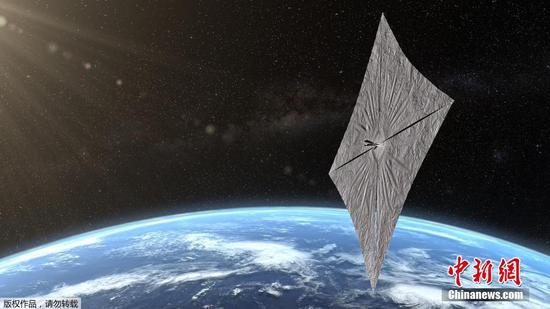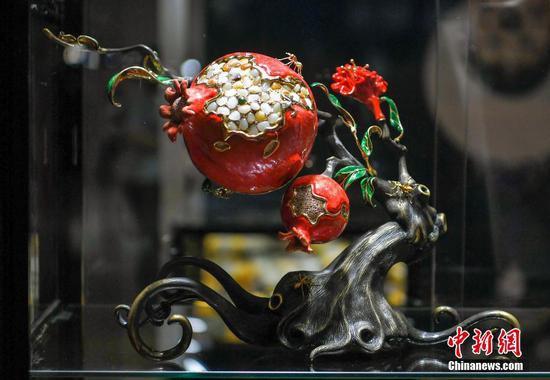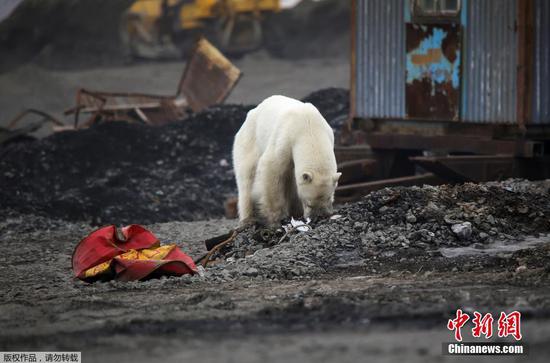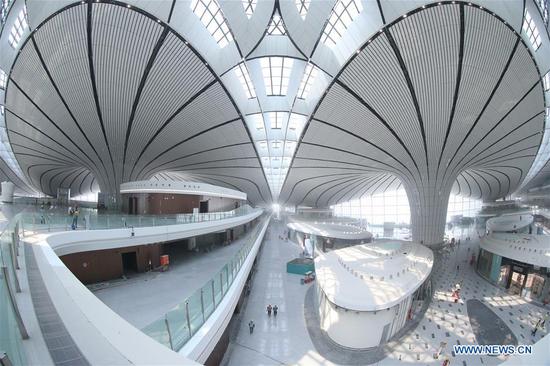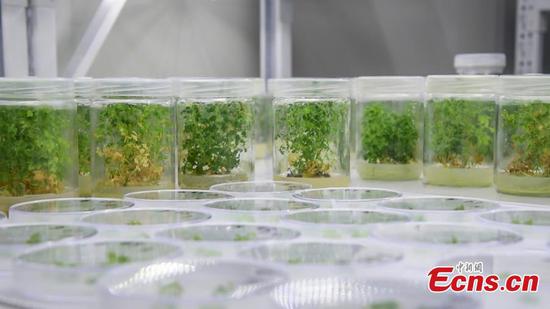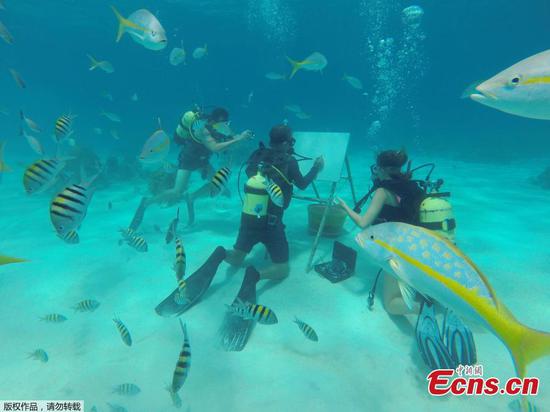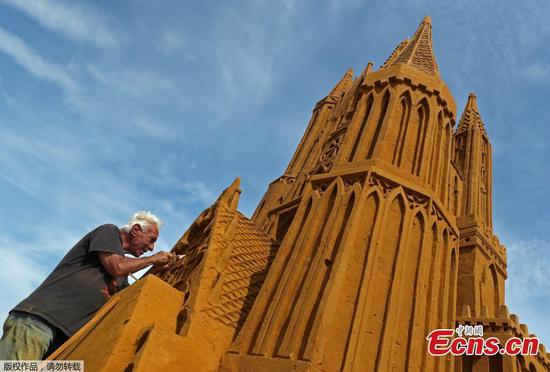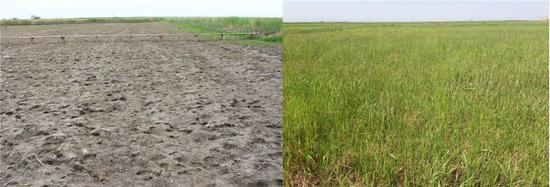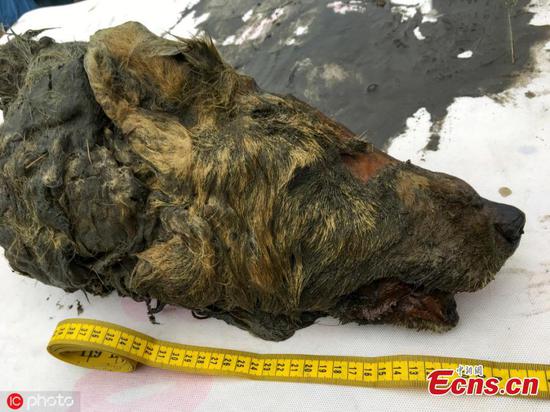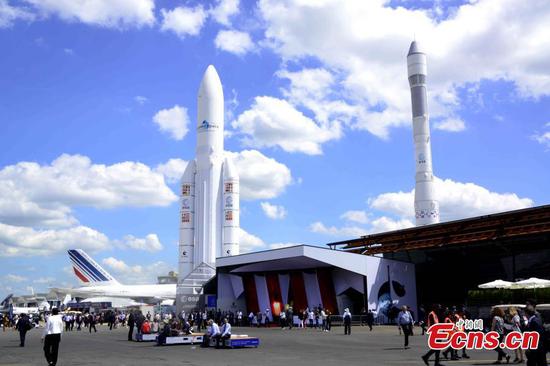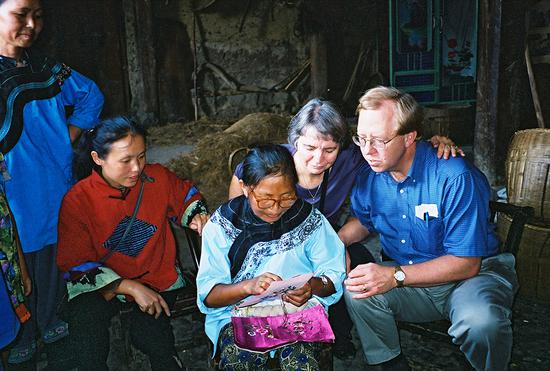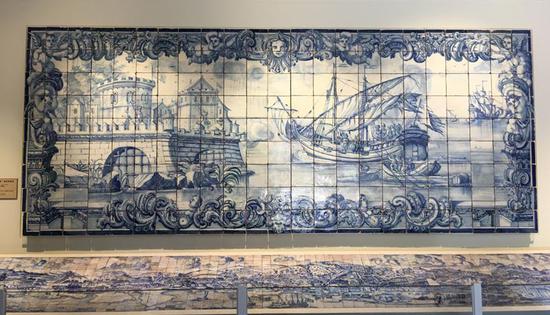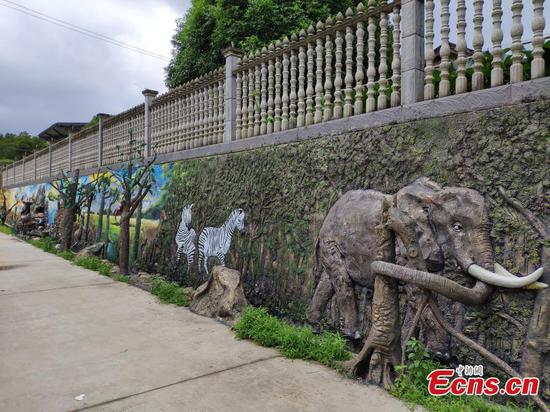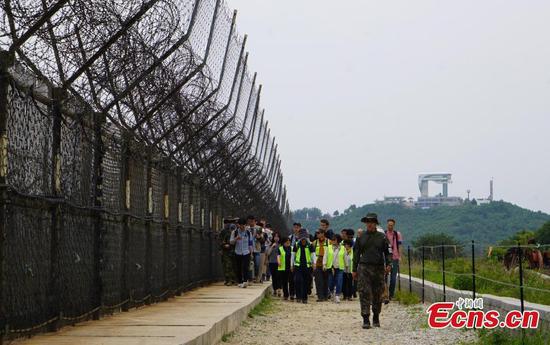Chinese researchers are designing bionic bones with improved biological compatibility and mechanical strength, which will bring new possibilities for future orthopedic implants.
Researchers from the Northwestern Polytechnical University have spent more than 15 years developing artificial bones that are highly consistent with the composition, structure and mechanical properties of natural bones.
Bone defects are one of the most common diseases in orthopedics, and scientists have been exploring new methods to fabricate bone scaffolds to repair the defects.
According to Wang Yan'en from the university, which is based in Xi'an, northwest China's Shaanxi Province, most commonly used bone implants are made of polymer materials and metals such as titanium, but they lack bio-compatibility and do not match human bone's mechanical strength, which could lead to abrasion and dislocation after being implanted.
"If the implants cannot be well fused with natural bones, they may need secondary surgery," Wang said.
Wang's team used hydroxyapatite, a medical bioceramic material, to fabricate bone scaffolds. Wang said although it is considered as one of the most suitable materials for bone scaffold fabrication, how to bond the powder-like material into a strong and robust scaffold remains a difficult problem.
"Previously used acidic binders have made the bone scaffold acidic, which adversely affected the environment for the growth of bone cells and brought agony to the patient after implantation," Wang said.
The team experimented with hundreds of different solutions to create a binder that would not only result in a strong and robust scaffold but also adapt to the biological environment. The research was published in the journal Polymer.
After research on the material, Wang's team also explored how to use 3D printing technology to make customized bone scaffolds. They cooperated with companies in developing 3D bionic bone printing machines.
Natural bones have complex internal structures, which requires the printing system to boast special mechanical technology.
"With ultra-fine droplets spraying technology, the printing equipment can precisely regulate the proportion of the printing materials, including the powder, the binder, the cell culture liquid and protein original fluid," Wang said.
The research team cooperated with the Air Force Medical University, which is also in the city of Xi'an, to conduct animal tests. After the 3D printed bionic bone was implanted in the rabbits, they developed well in the body, with the bionic bone being well integrated with the natural bone.
Wang's team is also working on the 3D printing of skin, including sweat glands and hair follicles.
"These technologies with the potential for clinical application may bring hope to those patients with bone defects and skin damage," Wang said.










